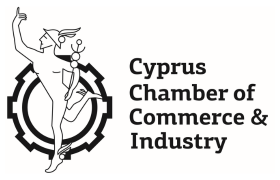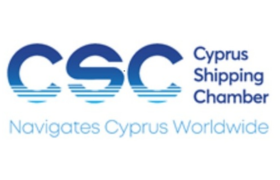Pre-provision profits rose 29% q-o-q, beating consensus and IBG estimates by 27% and 7%, respectively, said Konstantinos Manolopoulos, analyst at the Investment Bank of Greece, who added, however, that “net losses reached €298 mln in line with our €286 mln loss estimate.” The results are not directly comparable with previous periods as Piraeus consolidated for the first time and for a full quarter, all recent acquisitions, including the Greek operations of the three Cypriot banks – Bank of Cyprus, Laiki Popular and Hellenic bank – as part ofa deal agreed between the governors of the Bank of Greece the Central Bank of Cyprus as pat of the bailout plan for Cyprus.
The 3Q13 results also include €40 mln of integration costs. Still, NII grew 8% q-o-q, benefiting primarily from significantly lower funding costs (both on time deposits and Eurosystem) and was the main driver of the group’s revenues. Costs were well contained posting a 4% drop on a like-for like basis. The Group’s capital adequacy was maintained at very high levels, with the (EBA) Core Tier I ratio shaping at 13.5%. In line with peers, asset quality dynamics improved with new NPL flows (before write-offs) being 10% lower q-o-q. The NPL ratio rose to 35.2% (+200bps q-o-q) as despite the drope in new NPL flows, deleveraging continues (loans -1% q-o-q). The state-controlled bank, majority owned by the HFSF rescue fund, said that NPL flows were decelerating going forward and expects the peak of the NPL ratio in late 2014 – early 2015.
The current management said the integration plan is moving fast and ahead of schedule. Piraeus has already integrated four out of the five banks, while Millennium’s integration (the last acquired bank) is scheduled before the year-end. As of January 1, 2014, Piraeus will operate on a single platform. Given the faster-than-expected integration, the bank has already crystallised 63% of its synergy target (of €550 mln), achieving 96% of the funding synergies and 56% of the cost synergies, incurring 45% (€189 mln) of the relevant restructuring costs. Worth noting is that over the last 12 months, Piraeus has closed about 300 branches, as much as a mid-sized bank in Greece, or 24% of its footprint.
As per the other banks, the bank’s management appeared optimistic on BlackRock’s second stress test, underlying that it sees no negative surprises. On the cost of deposits, Piraeus said the rates on new production of time deposits are coming down fast. Specifically, new production in November is at 2.67% vs. 3.25% of the back book in the same period and vs. a 4.4% cost for new deposits at the beginning of the year. Compared to the EU average (of 1.76% in September vs. 2.82% for Piraeus at that time) there is more room to bring down deposit costs and thus the management highlighted the further upside in incremental cuts of deposit rates.
“The results were better than consensus on all lines (and mainly the core ones) and above our estimates on core profits due to lower OPEX and provisions,” IBG’s Manolopoulos said. “We will significantly upgrade our estimates for the coming years and highlight the upside risk on consensus too. The main drivers for the upgrade are a better opex evolution and lower loan losses. All in all, we reiterate our ‘buy’ rating on the stock,” currently trading at 1.62 euros for a market cap of 8.22 bln.
Source: Financial Mirror













